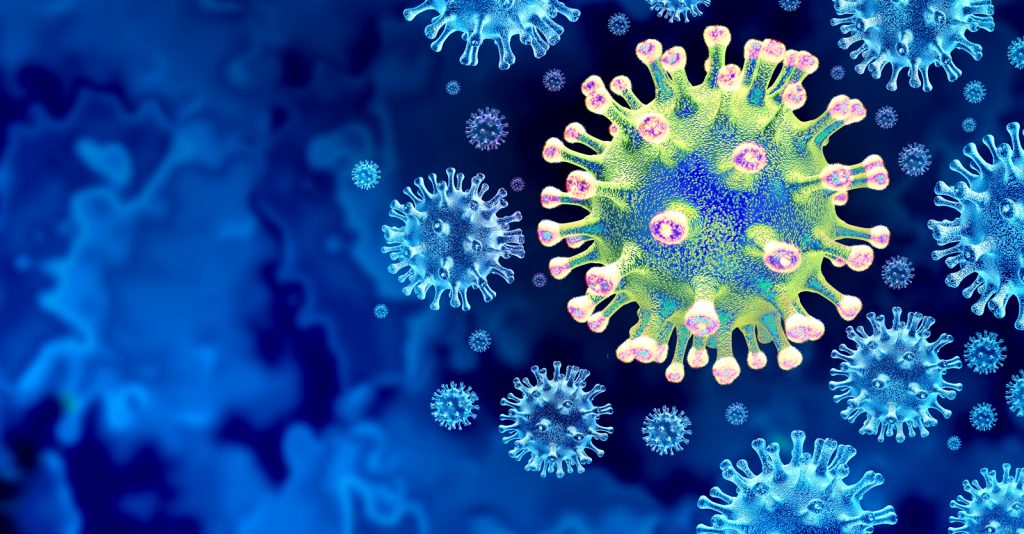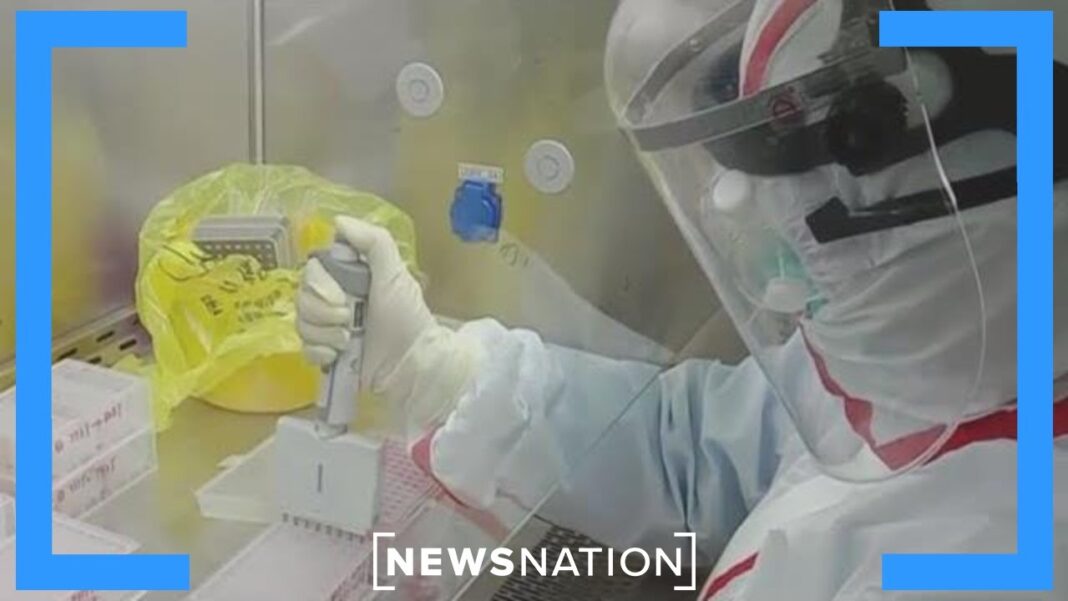Why do some people report adverse events after COVID-19 vaccinations while some do not? This question is central to the controversy of COVID-19 vaccine adverse events.
Doctors have identified several factors that contribute to an increased risk of spike protein-induced disease, specifically, post COVID-19 vaccine injury.
Dr. Paul Marik—Front Line COVID-19 Critical Care Alliance (FLCCC) co-founder—said at an FLCCC conference on Oct. 15 that there are many overlaps in the symptoms and disease mechanisms of long COVID and injury from the COVID-19 vaccines.
Both diseases are systemic, affecting multiple organs, tissues, and are both driven by a high load of spike protein. These spike proteins trigger inflammation, mitochondrial dysfunction, and autoimmunity.
However, not everyone will experience these symptoms.
Whether a person will suffer from spike protein injuries is dependent on factors that are both unchangeable and temporal.
Spike Protein Exposure Increases Risk, Severity
The best way to reduce spike protein injuries is to reduce opportunities of spike protein exposure through infections or vaccinations.
While early treatment can usually prevent spike protein exposure by clearing spike from the lungs, blocking spike from entering the blood. Vaccines bypass the lungs by administering spike protein genetic materials directly into the muscles and blood vessels.
There is a dose-response with the vaccine, such that the greater the number of vaccine doses, the higher the risk of spike protein injury.
“The more the patients are exposed to spike [proteins], the more severe the disease,” said Marik.
Dr. Flavio Cadegianni hypothesized that receiving COVID-19 vaccines after having had COVID-19 increases one’s risk of spike protein injury. This is because vaccines likely trigger a higher amount of spike protein load in the bloodstream than a common COVID-19 infection.
In a common COVID-19 infection, it is difficult for the virus to enter the bloodstream through the lungs, but the vaccination gives spike protein mRNA and DNA a one-way ticket into the deltoid and then into the bloodstream.
The mRNA and DNA vaccines then enter the blood vessels and endothelial cells, these cells then produce spike proteins and present them on their cellular surface, resulting in an immune attack against these cells.
By Marina Zhang







